It's a little unsettling when your outgoing bunny suddenly starts to vanish into their hidey-hole. One day, they're zooming across the room, the next, they're tucked away, barely making a peep. It's not uncommon for rabbit owners to feel worried when this happens.
Click Here to Shop Rabbit Products.

While it might feel like your rabbit is avoiding you, hiding is often a signal. The reasons can range from mild discomfort to something that needs medical attention. In this guide, we'll explore eight potential rabbit hiding causes so you can better understand what's going on behind those twitchy noses and flicking ears.

Understanding Your Rabbit's Behavior: Why Hiding Happens
Rabbits aren't just adorable—they're also prey animals by nature. This means they're wired to stay alert, and when something feels off, their first instinct is often to retreat to safety. That could be a cardboard tunnel, under the couch, or inside a favorite box.
But what prompts this change in behavior? Is it emotional, environmental, or physical? Let's break it down.
1. Feeling Under the Weather
If your bunny disappears into a hiding spot and shows less interest in food, water, or interaction, don't ignore it. Rabbits hide symptoms of illness better than most pets. This instinctual behavior helps them avoid looking weak in the eyes of predators. Unfortunately, it also makes it harder for us to notice when something's wrong.
Possible health-related rabbit hiding causes include:
Tooth pain or overgrown molars, which make eating painful
Digestive issues like GI stasis, a serious condition that can become life-threatening
Parasites such as mites or fleas that irritate the skin and cause discomfort
What to do: Don’t wait. If your bunny is hiding more than usual and has other symptoms like reduced appetite or fewer droppings, contact your exotic vet. The earlier you act, the better the chance of recovery.
Need a deeper look into rabbit health? Our blog on common rabbit ailments dives into warning signs to watch for.
2. Stress and Anxiety
Rabbits are very responsive to their surroundings. A loud TV, sudden movement, unfamiliar smells, or even furniture rearrangement can rattle their nerves. If your rabbit has recently started hiding, ask yourself: has anything changed?
Some examples of stress-related rabbit hiding causes include:
New people or animals in the home
Loud construction or frequent visitors
Loss of a bonded companion
What to do: Give your rabbit control over their space. Provide covered hideouts where they feel safe. Keep their routine as consistent as possible and limit overwhelming stimuli. Calming herbs such as chamomile and lavender (in small, safe doses) may help too. Learn more from this The Educated Rabbit guide on rabbit stress.
3. Feeling Threatened
Just like us, rabbits have boundaries—and sometimes those boundaries are shaped by fear. Being chased by a child, picked up too often, or approached too quickly can all contribute to a sense of threat. If they feel unsafe, they'll often choose hiding as their default response.
This instinct is powerful. Even something as subtle as a vacuum cleaner running too close to their enclosure can cause them to bolt and hide. Some rabbits are naturally skittish, while others develop fear-based responses due to past trauma or poor handling early in life.
What to do: Make your interactions gentle and predictable. Let your rabbit come to you rather than forcing attention. Provide hiding options in different rooms so they feel in control of their escape routes. This helps reduce fear and builds long-term trust.
4. Hormonal Changes
Is your bunny intact (not spayed or neutered)? Hormones may be at play. Rabbits reach sexual maturity around 4–6 months of age, and this can trigger all sorts of new behaviors. Hiding, territorial digging, aggression, or nesting behaviors can emerge, especially in females.
In this case, your rabbit isn't hiding because they're sick or afraid. They may be looking for a place to create a nest or trying to escape overstimulation. Some even get possessive of their hiding spots.
What to do: Spaying or neutering your rabbit not only helps with behavioral challenges but also significantly reduces the risk of reproductive cancers. According to the Veterinary Support Personnel Network, up to 80% of unspayed female rabbits over age 3 develop uterine cancer. If your rabbit isn't spayed or neutered, consult a veterinarian experienced in rabbit care about the timing and recovery process.
5. Molting
Molting is more than just shedding a little fur. Rabbits can go through full-body molts that leave them looking patchy and feeling irritable. It's itchy, uncomfortable, and can lead to fur-blocks if ingested during grooming.
Some rabbits retreat during molting because they don't want to be touched or brushed too aggressively. You might also notice them grooming more or avoiding contact.
What to do: Help your rabbit stay comfortable by gently brushing them with a soft-bristled brush. Offer plenty of fresh hay—like high-fiber Timothy Hay—to keep their digestion moving. And of course, provide plenty of places where they can rest undisturbed.
6. Temperature Sensitivity
If your bunny is hiding more during certain times of the day or seasons, temperature could be the issue. Rabbits don't sweat and can't pant like dogs, so managing their body temperature is tricky. Too much heat can lead to heatstroke, and too much cold can be just as dangerous—especially for smaller or older rabbits.
When it's hot, they may seek the coolest part of the house. In colder weather, they'll burrow into cozy hideouts to conserve warmth. Either way, sudden temperature shifts often contribute to rabbit hiding causes.
What to do: Try to keep your rabbit’s area between 60–70°F (15–21°C). Use fans or cooling tiles in the summer and fleece-lined hideouts in the winter. Avoid placing their hutch or enclosure near windows or vents. Learn more about creating a comfortable rabbit environment from this PetMD housing guide.
7. Socialization and Trust Building
Not every bunny comes pre-programmed for cuddles. Some need more time to warm up to humans, especially rescues or those who weren't handled much when young. If your rabbit is new to your home or has recently gone through a big change, hiding may be their way of adjusting.
Bonding takes patience. A rabbit that hides may not feel safe enough yet to approach you. This doesn't mean something is wrong—it just means they need more time to build trust.
What to do: Spend time near your bunny without touching them. Let them approach you at their own pace. Offering food, lying down at their level, and speaking softly are all effective strategies for beginning the bonding process. Our guide on helping your rabbit become friendly can give you more helpful steps.
8. Old Age
Just like people, rabbits slow down as they age. They may not run around or play as much, and you'll probably notice them sleeping more. Older rabbits may prefer quiet corners where they can rest without disturbance.
If your senior bun is hiding more than usual but still eating and acting normally otherwise, this could be completely natural. However, if hiding is accompanied by weight loss, limping, or unusual behavior, it may be time for a wellness check.
What to do: Keep your senior rabbit comfortable by making sure they have soft bedding, easy access to food and water, and regular checkups. Adjust their environment if mobility becomes an issue—low-entry litter boxes and non-slip mats can make a big difference.
How to Identify Rabbit Hiding Causes
When your rabbit hides, it's easy to take it personally. But hiding is their way of managing stress, fear, or discomfort. It's communication—just in a very quiet form. The key is learning to read the signs and connect the dots between their behavior and possible triggers.
Here's a quick reference list to help you evaluate the situation:
Has their routine changed recently (new pets, home renovation, guests)?
Are there any physical signs of illness (loss of appetite, odd posture, dirty bottom)?
Have they stopped using the litter box or become more aggressive?
Is your home too hot or cold for a small animal?
Are they currently molting or displaying hormonal behavior?
If one or more of these apply, the hiding likely has a root cause that you can work to solve. Some rabbit hiding causes are short-lived and harmless. Others require a call to your vet. When in doubt, trust your instincts—and your rabbit's behavior.
Building a Better Environment for Your Rabbit
Since hiding is a normal instinct, giving your rabbit safe spaces to retreat is always a good idea. Even the most social rabbits need downtime. Create quiet, covered spots, such as cardboard castles, tunnels, or fleece-lined huts, where they can relax on their own terms.
Just as important is the quality of their daily care. Providing a diet rich in hay (especially Timothy hay), fresh greens, and proper hydration helps maintain gut health—one of the most overlooked elements in rabbit wellness.
If your rabbit's hiding behavior came on suddenly and nothing in their environment has changed, it's time to rule out a health issue. Gut stasis, dental pain, and even urinary infections can cause a rabbit to retreat and isolate themselves.
Final Thoughts on Rabbit Hiding Causes
Hiding isn't always bad—but it's always worth paying attention to. It's how rabbits cope, signal discomfort, and sometimes just rest. By learning what your bunny's behavior means, you can become a more responsive and supportive rabbit owner.
If your rabbit starts hiding, check for patterns and possible causes. Are they eating, pooping, and grooming as usual? Have they had a big change in their life recently? Do they come out when things are quiet?
Getting to the root of these rabbit hiding causes will help you build a stronger, more trusting relationship with your pet. Remember, rabbits don't speak, but their actions speak volumes.
At Rabbit Hole Hay, we believe that education is the first step toward better care. While we're here to guide you with resources and insights, always reach out to a rabbit-savvy vet for specific medical questions. A healthy bunny is a happy bunny—and often, a more visible one, too.







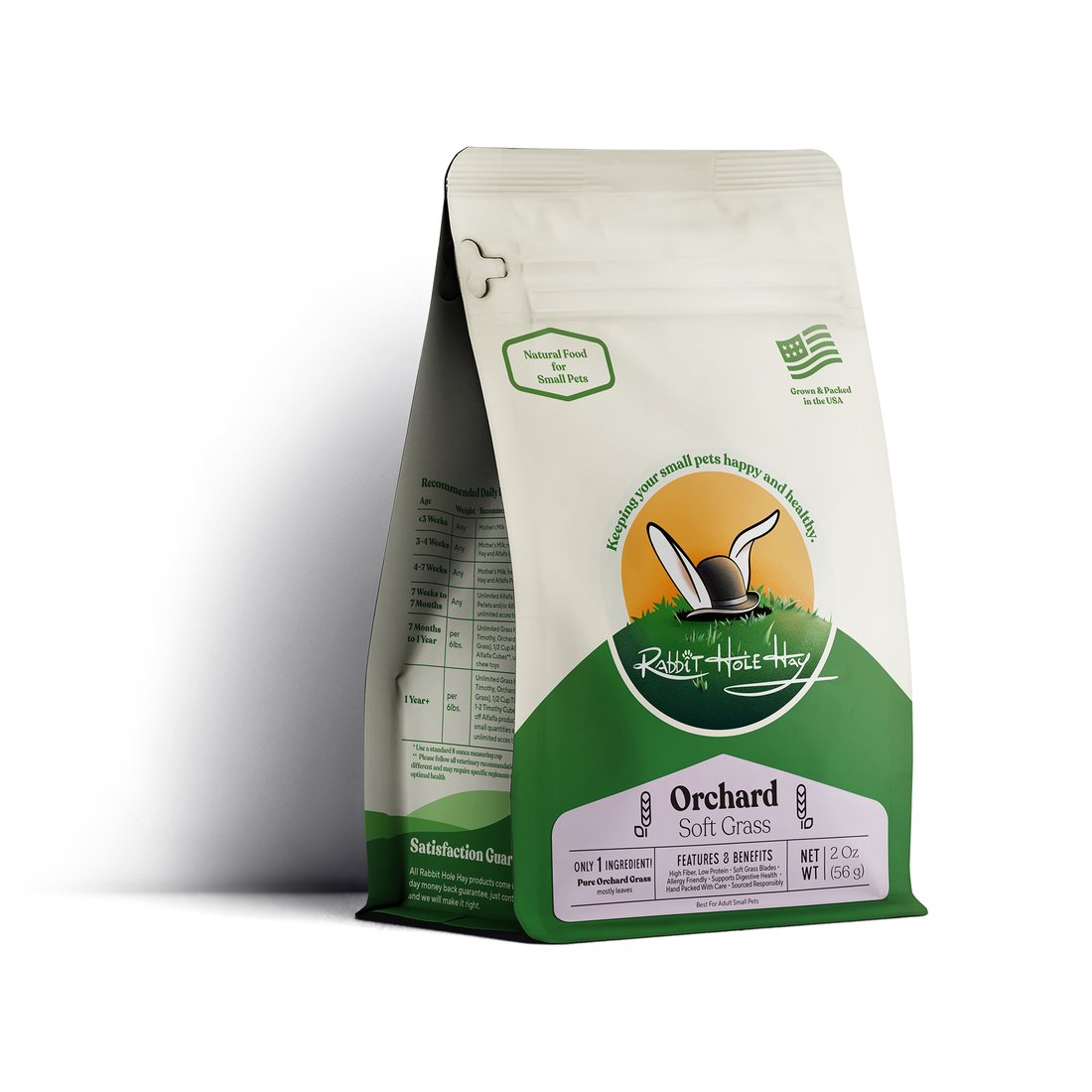

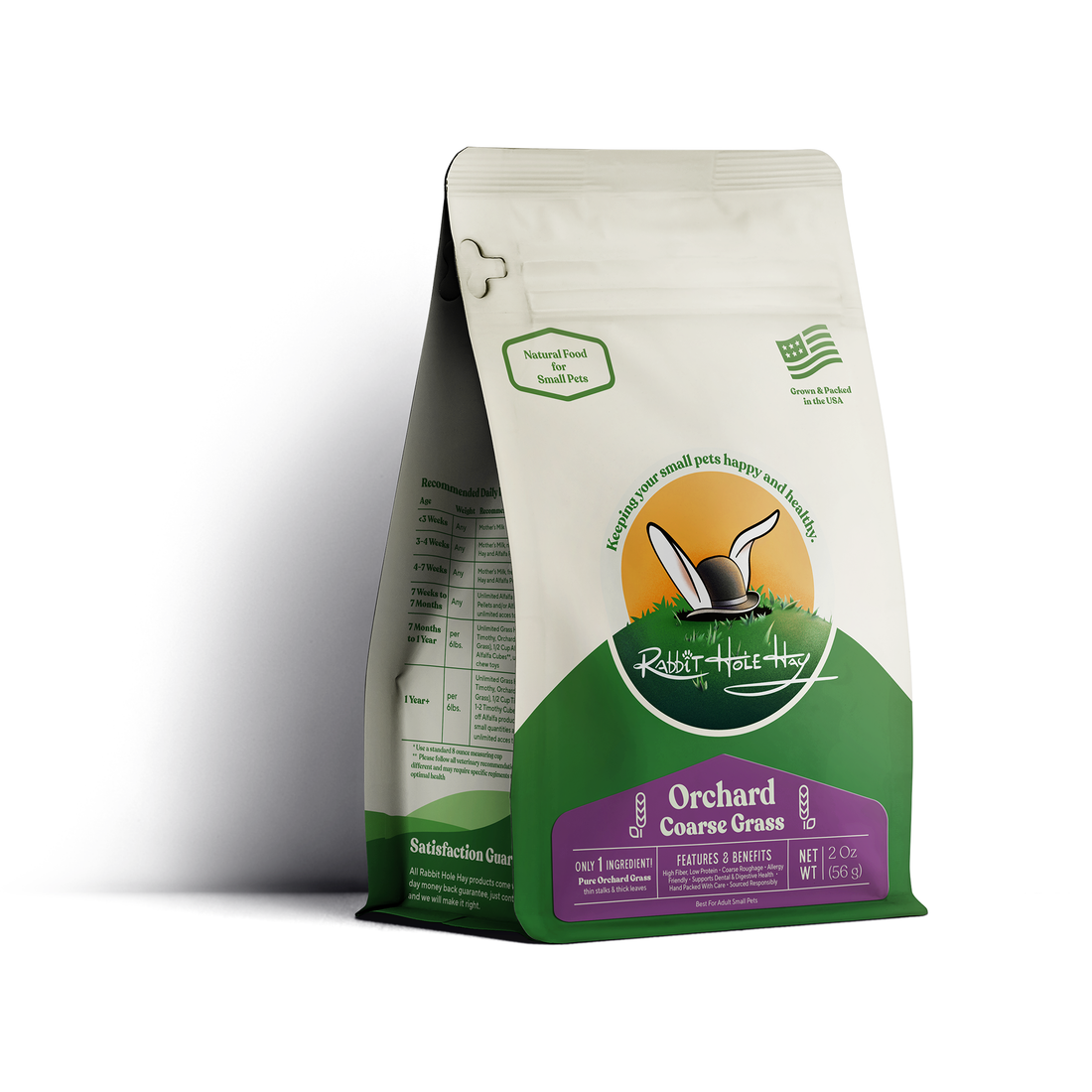



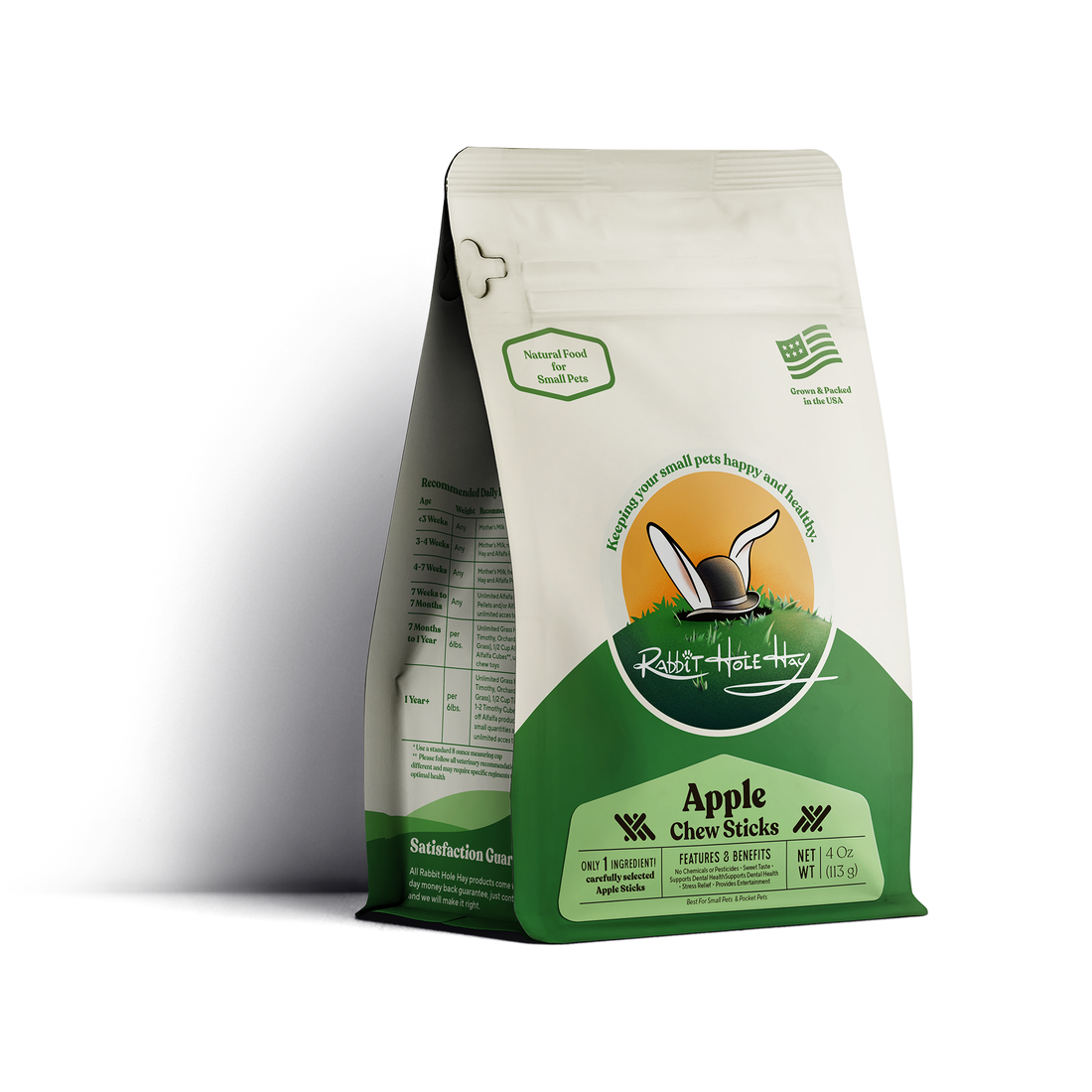



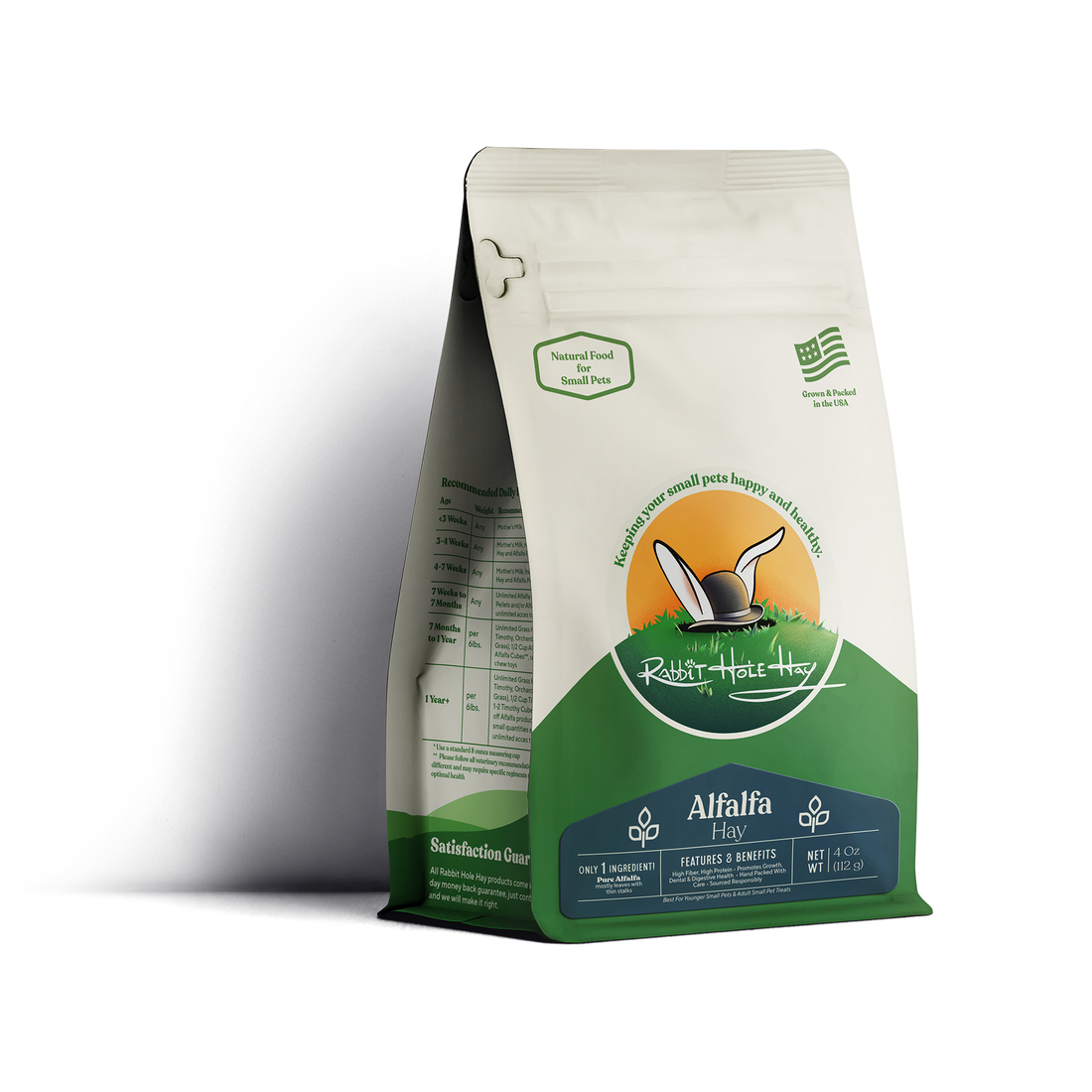


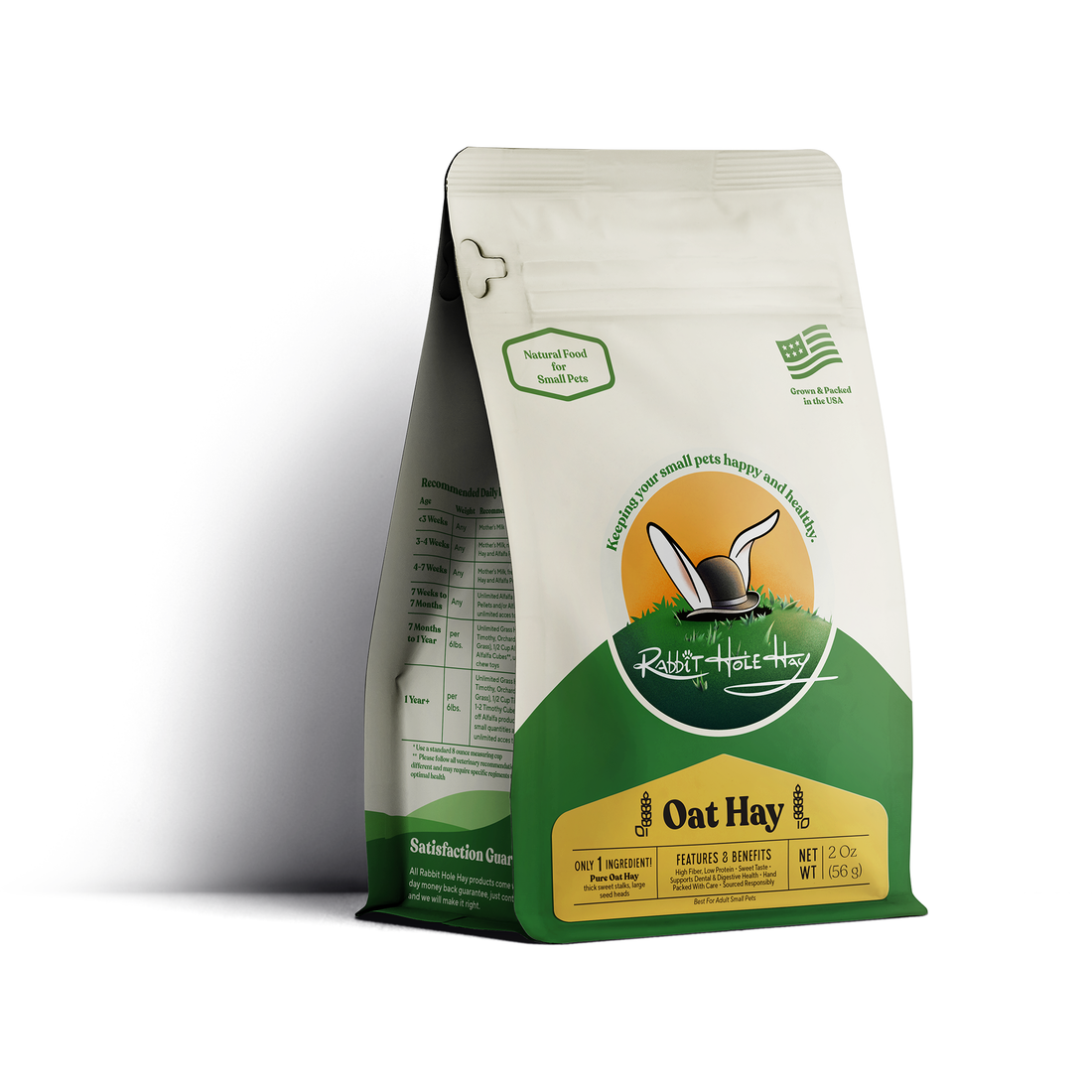
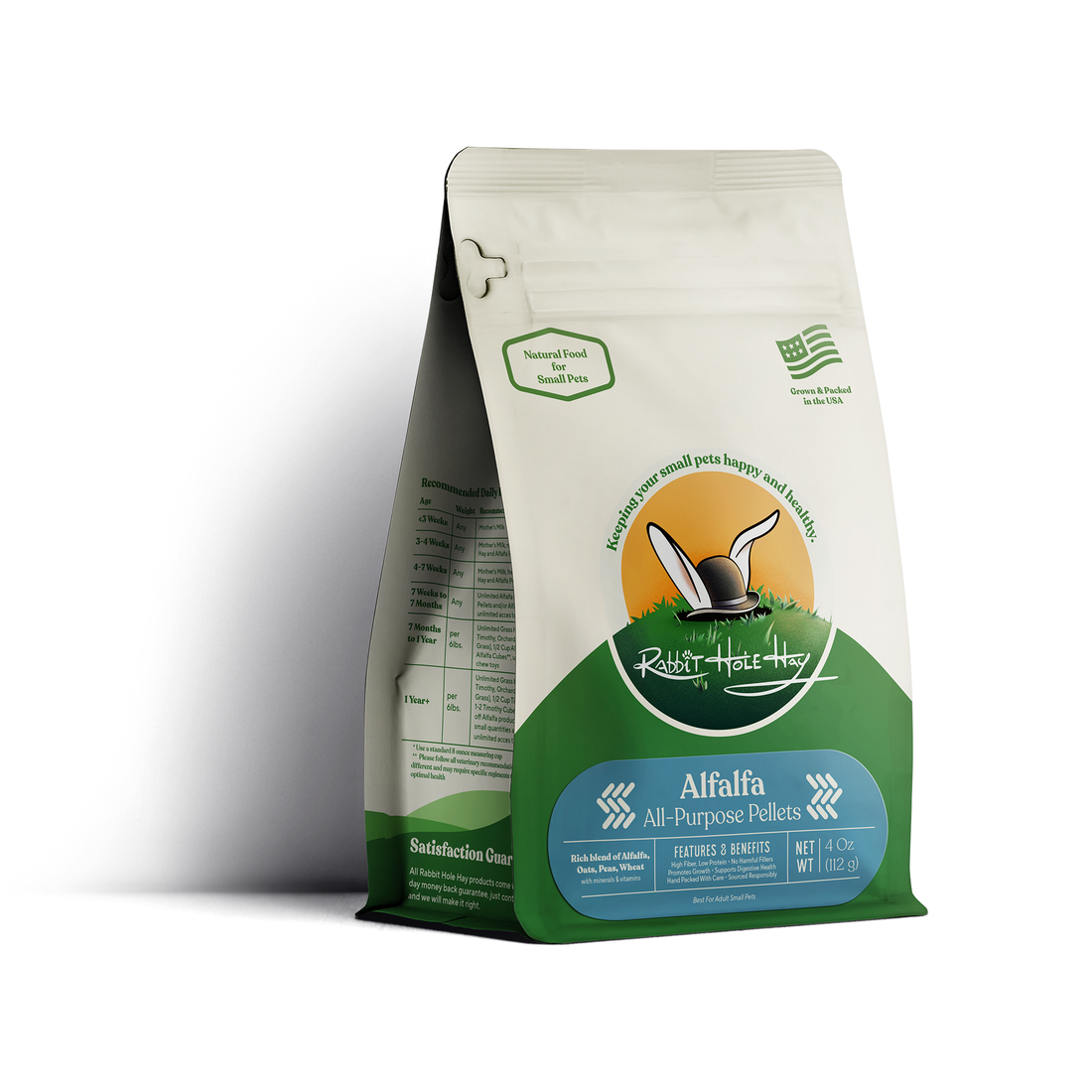

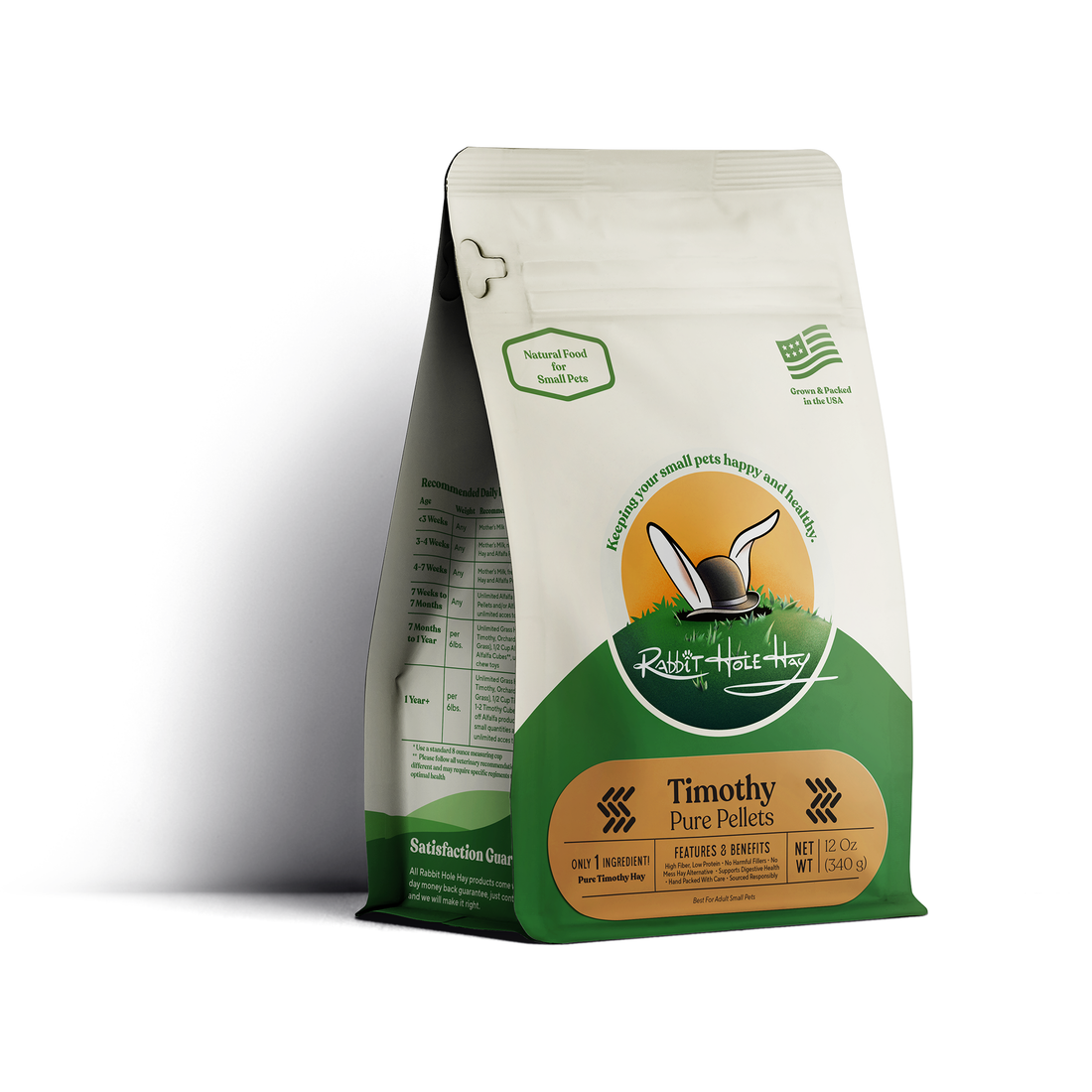

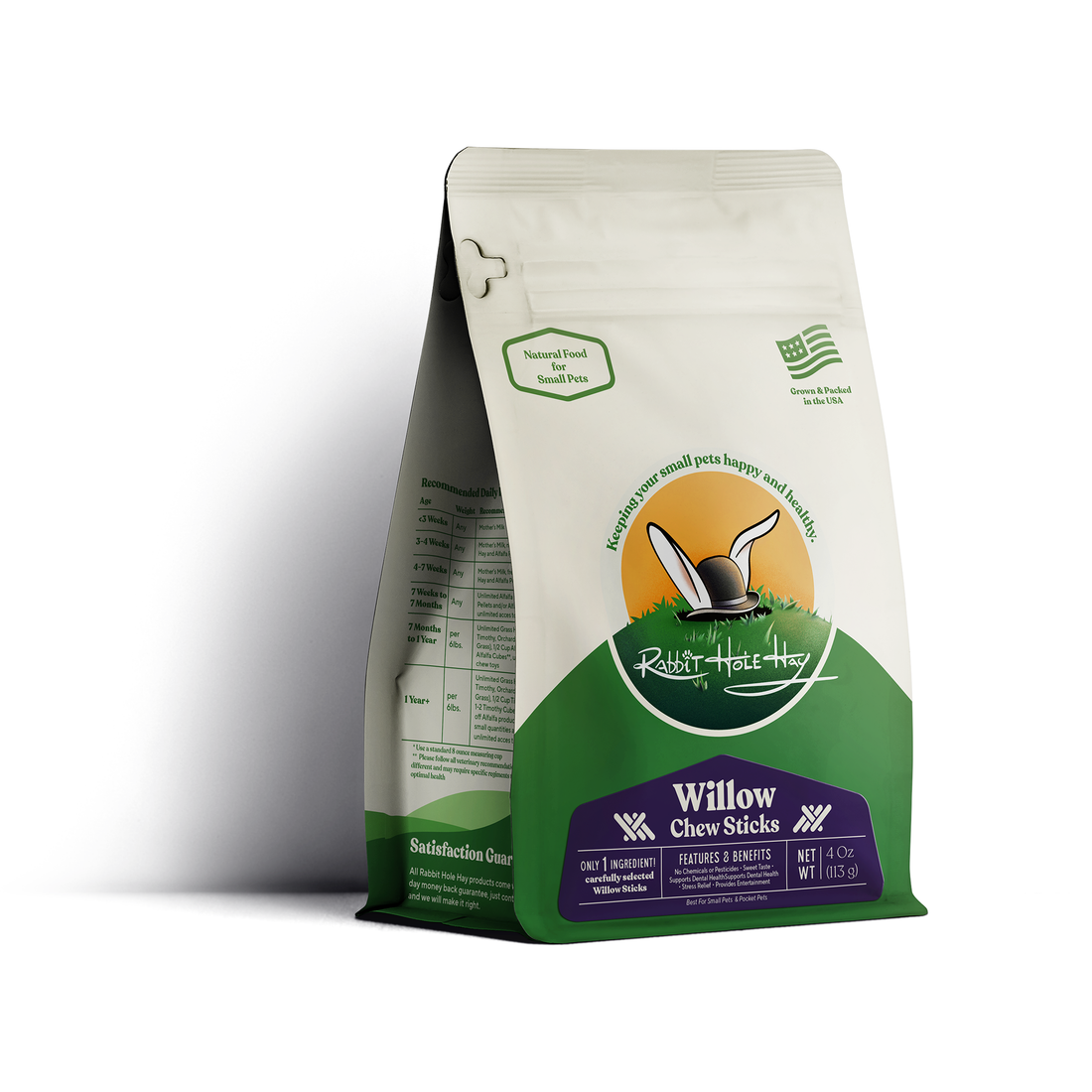

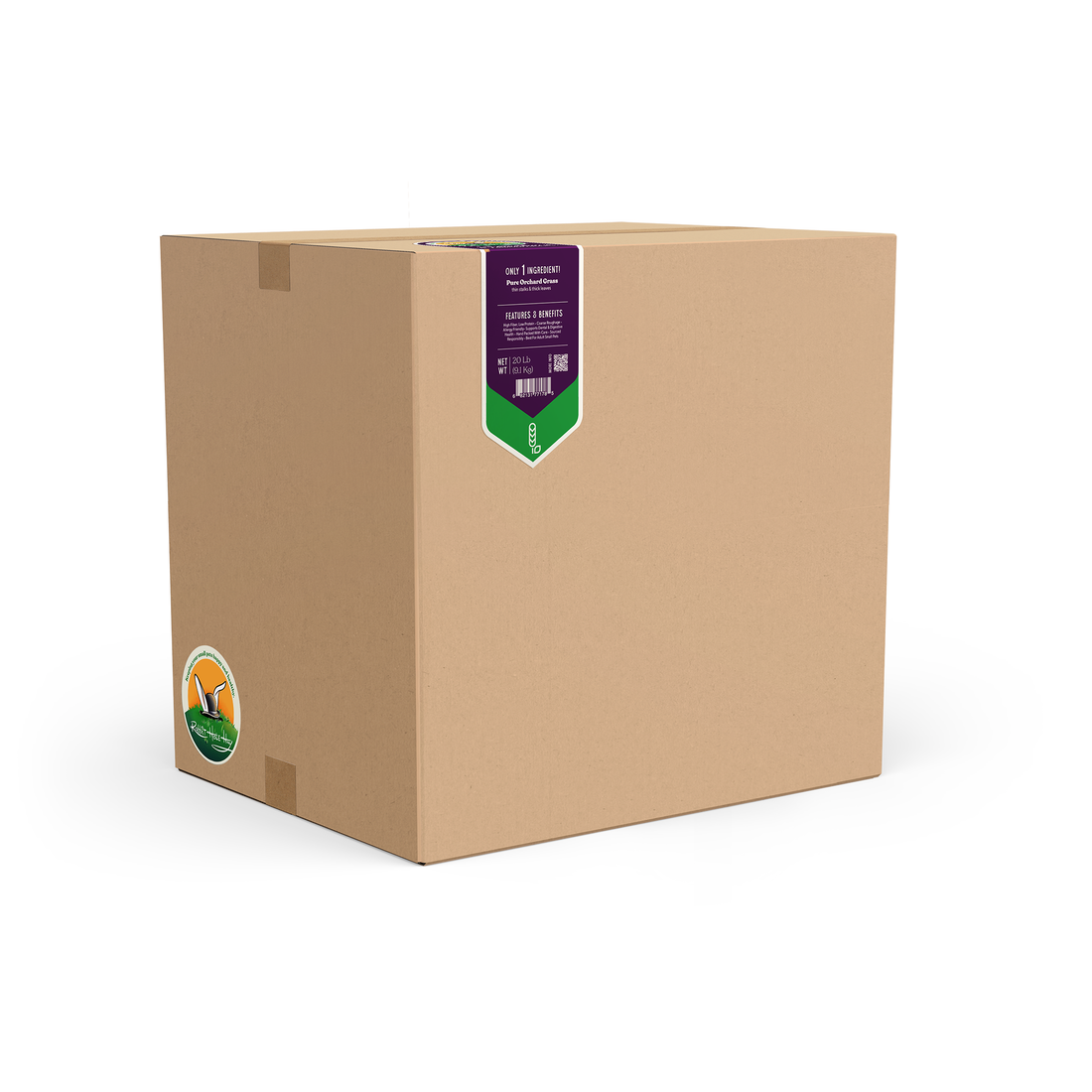

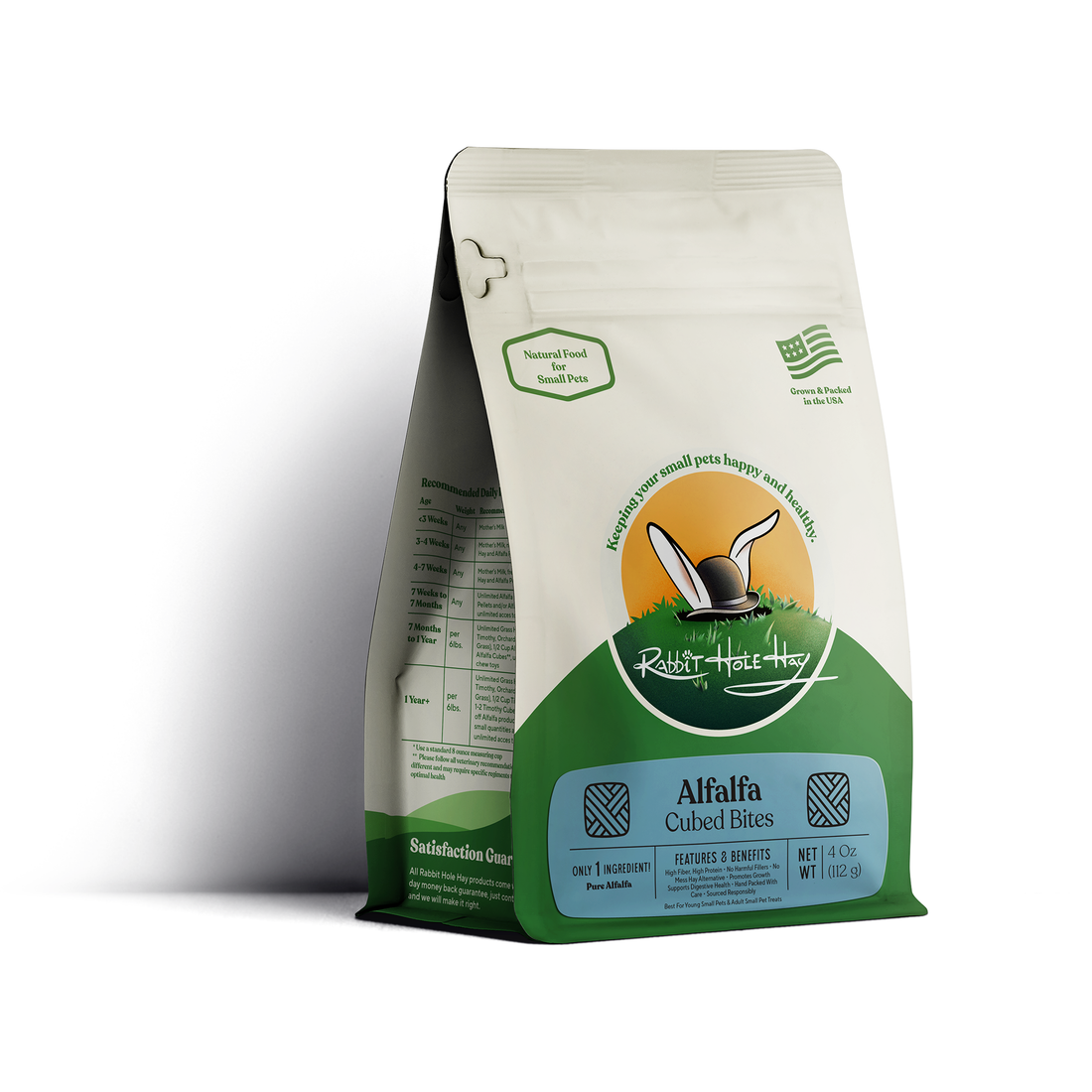
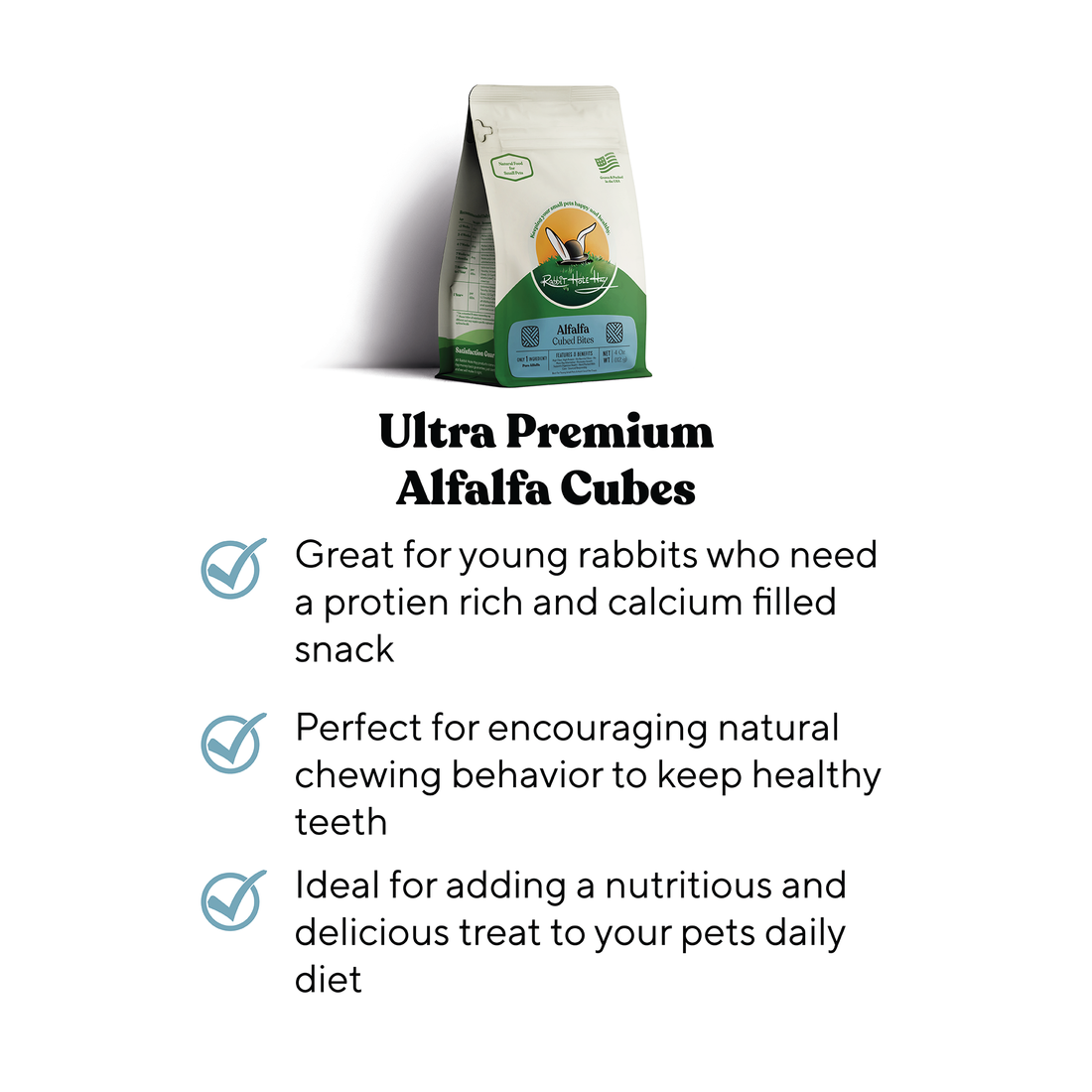


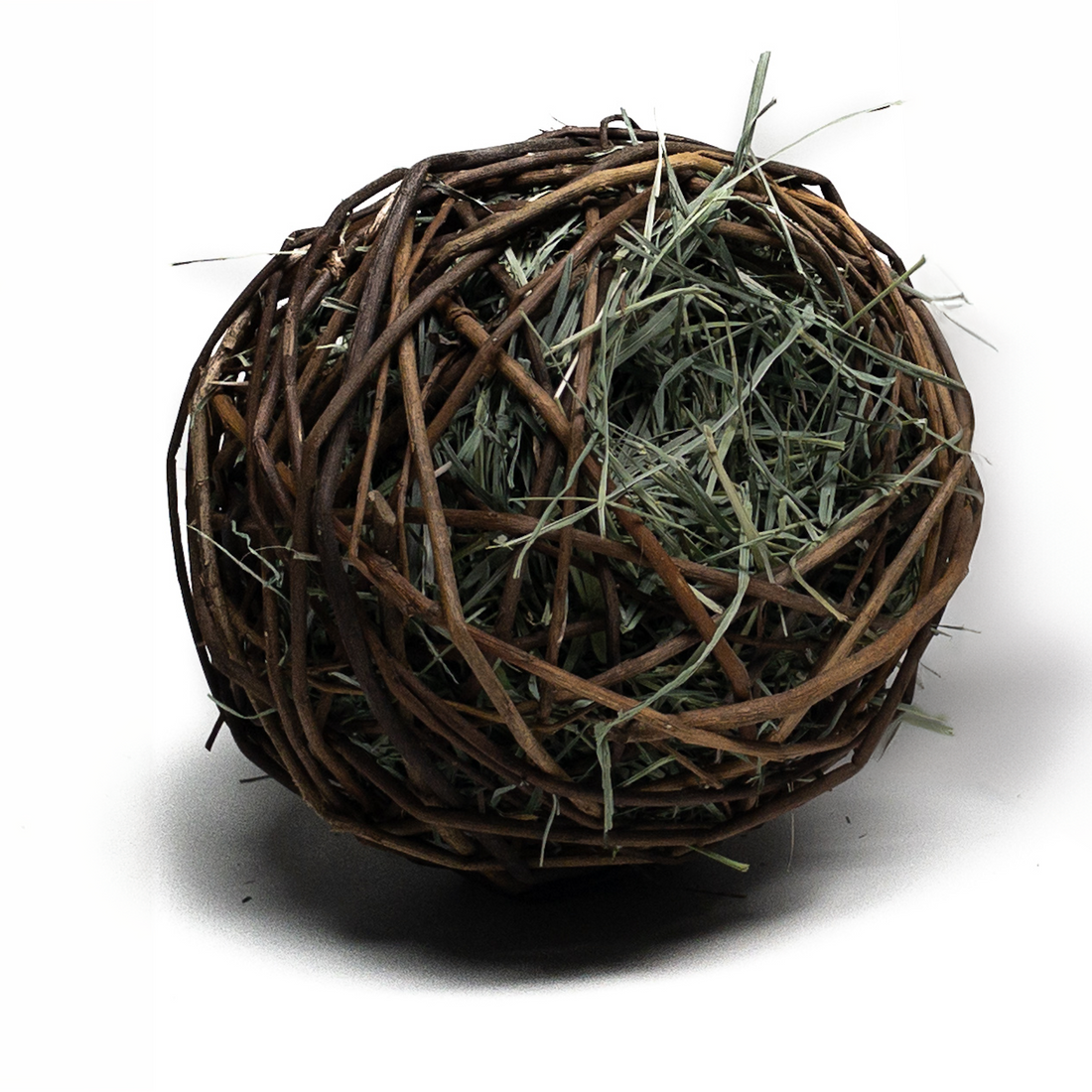
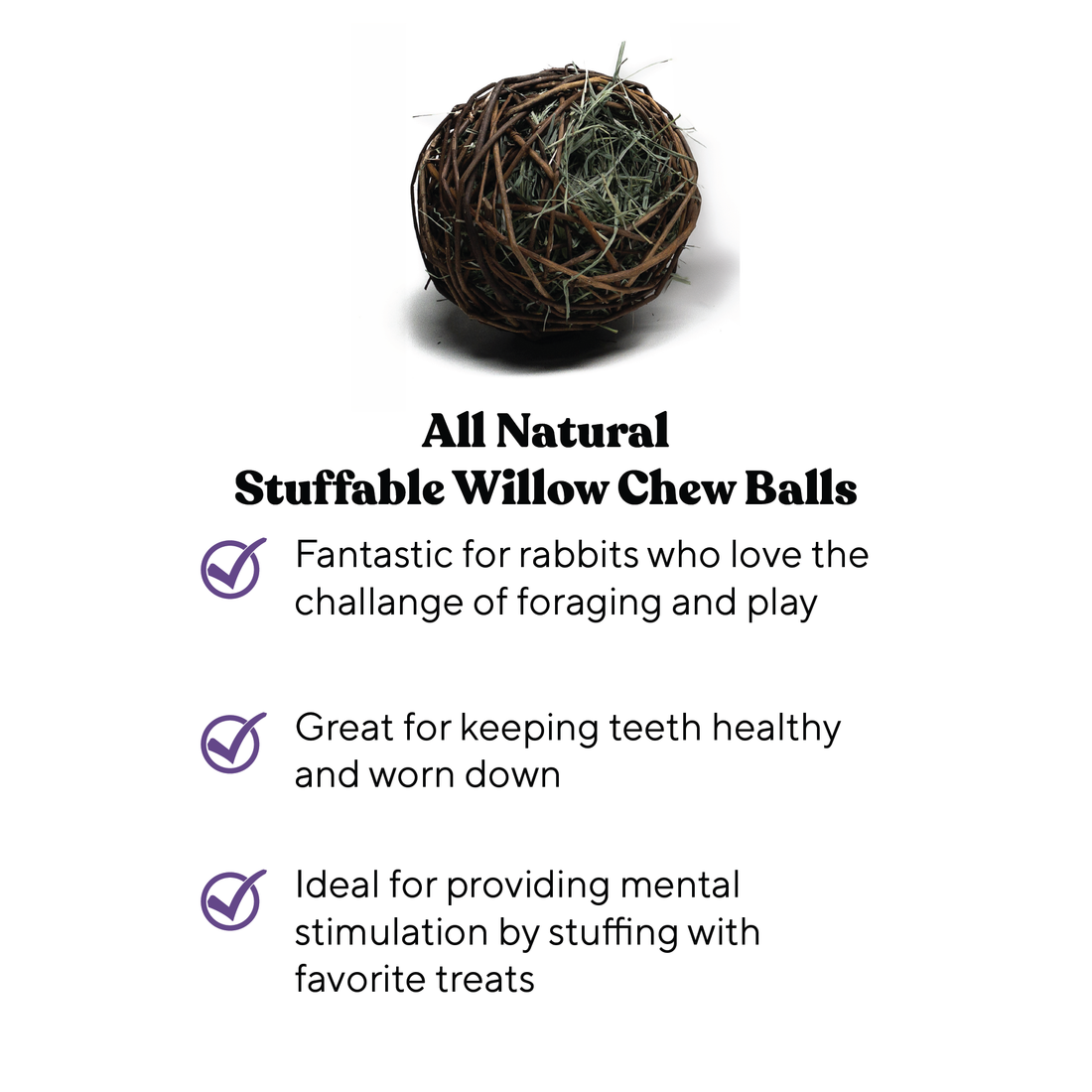
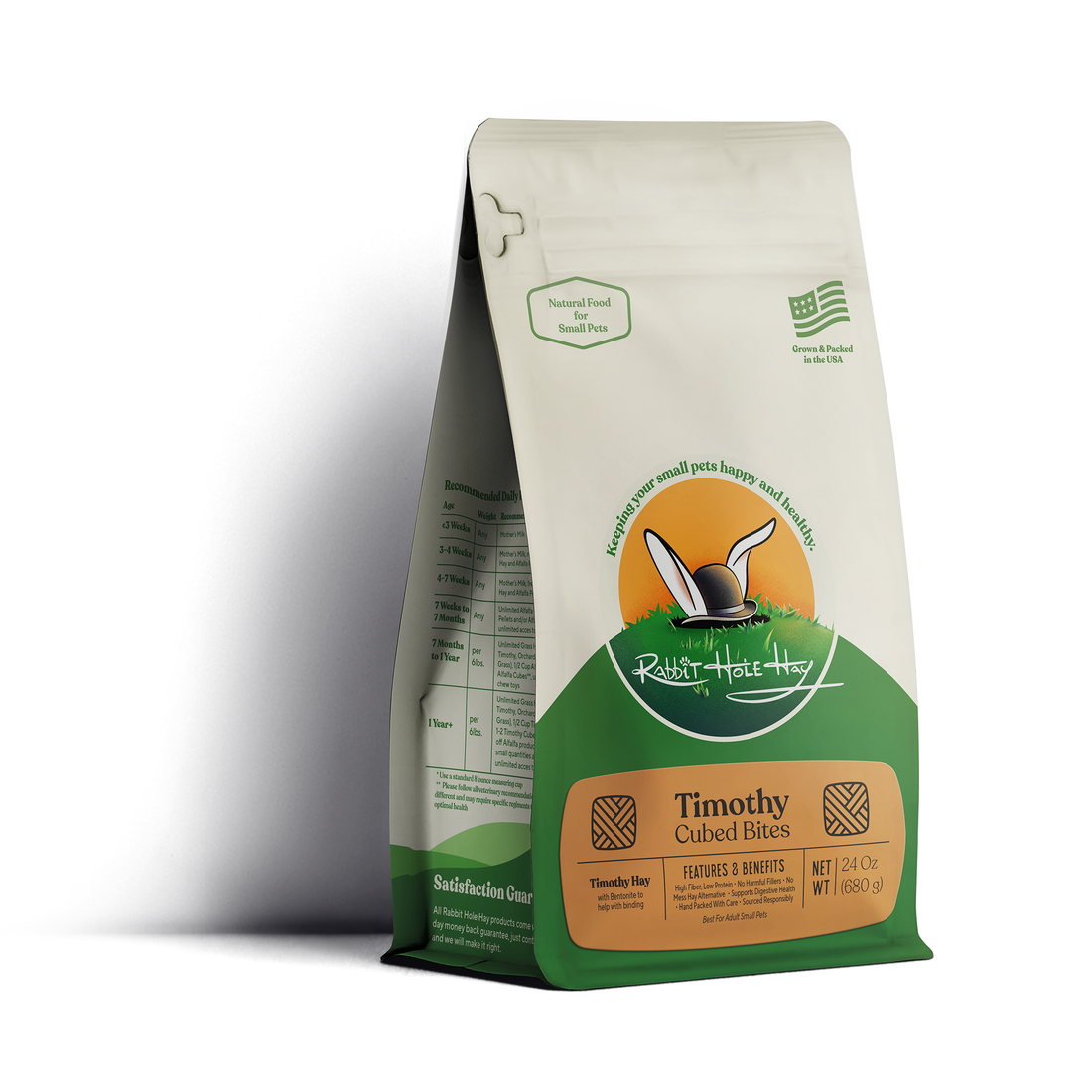


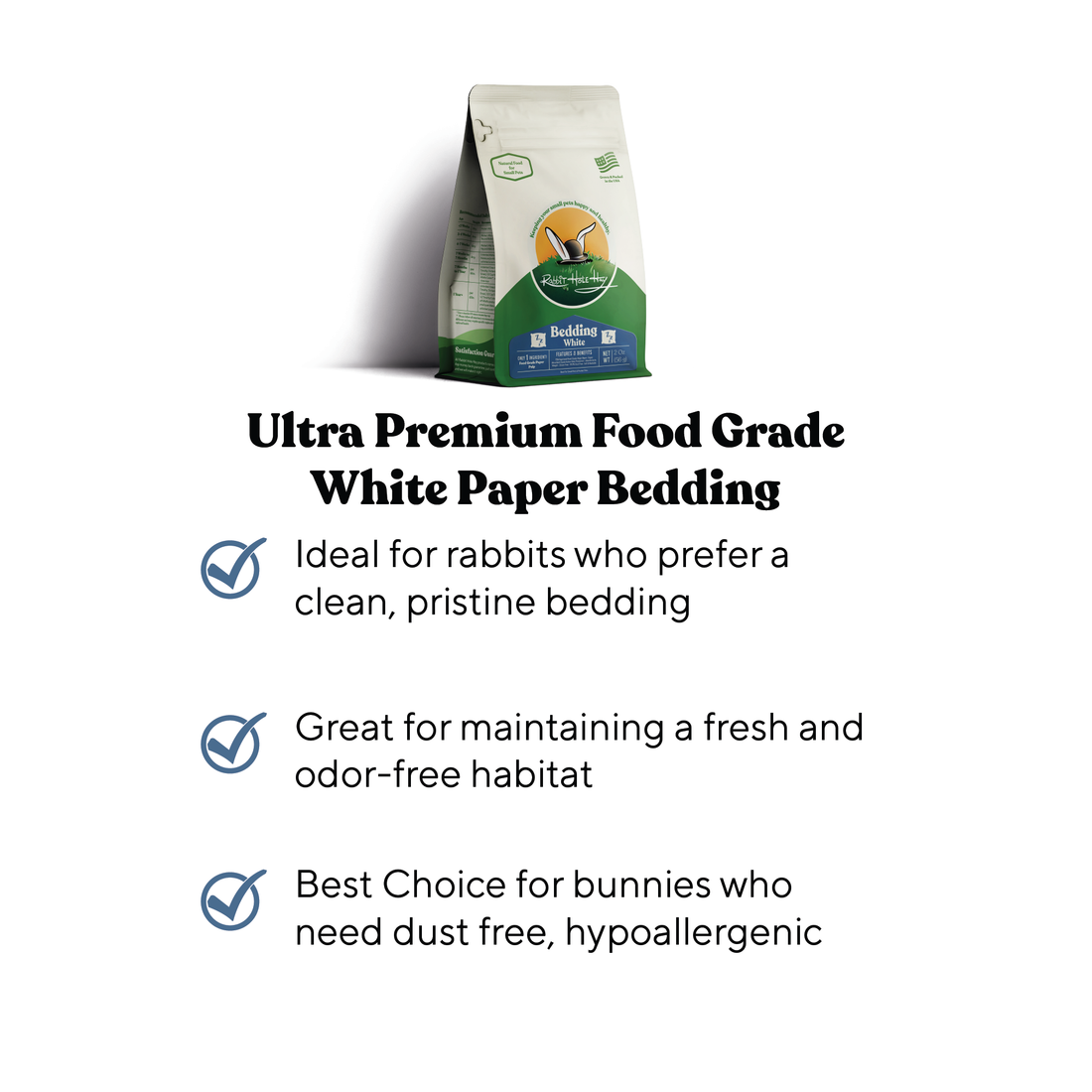





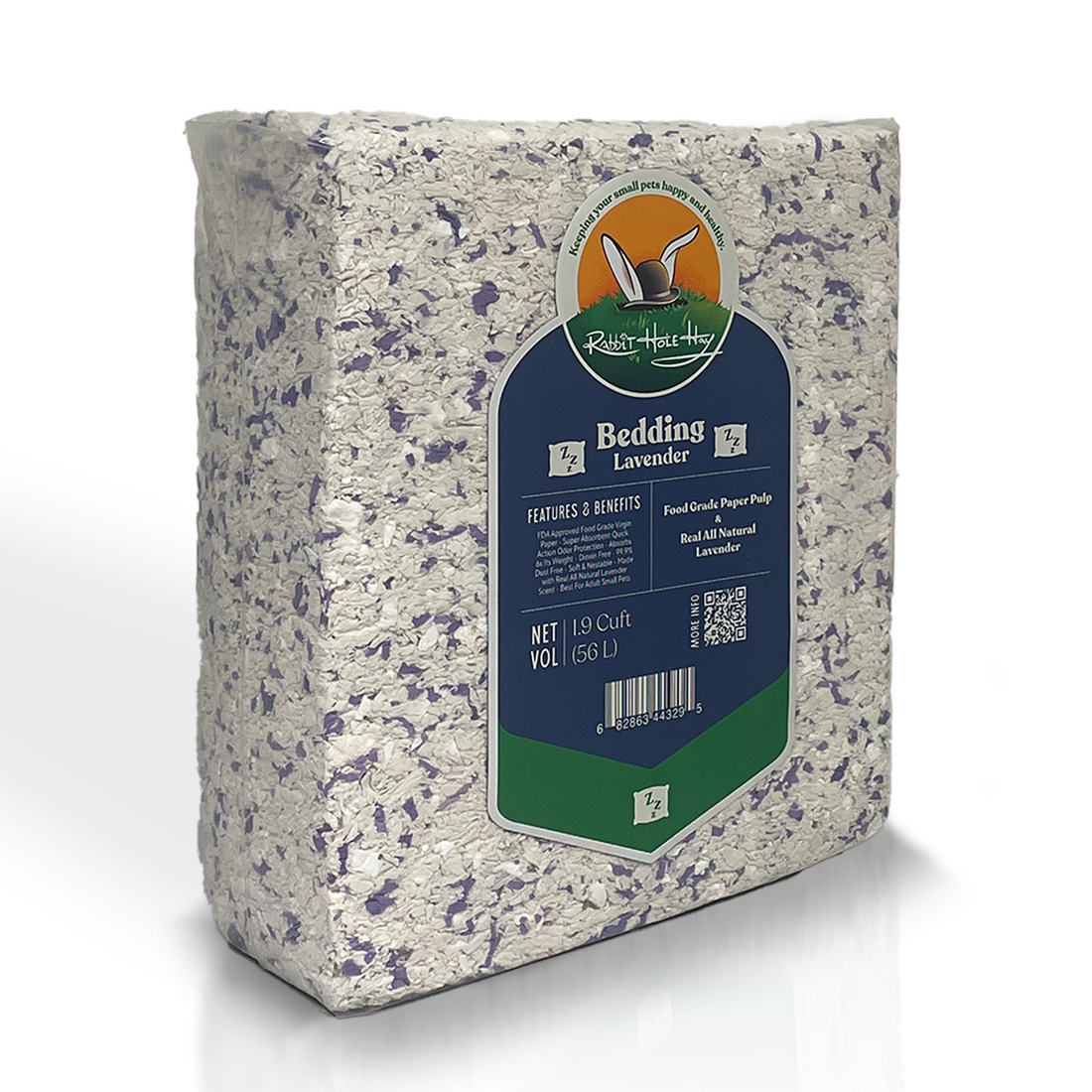


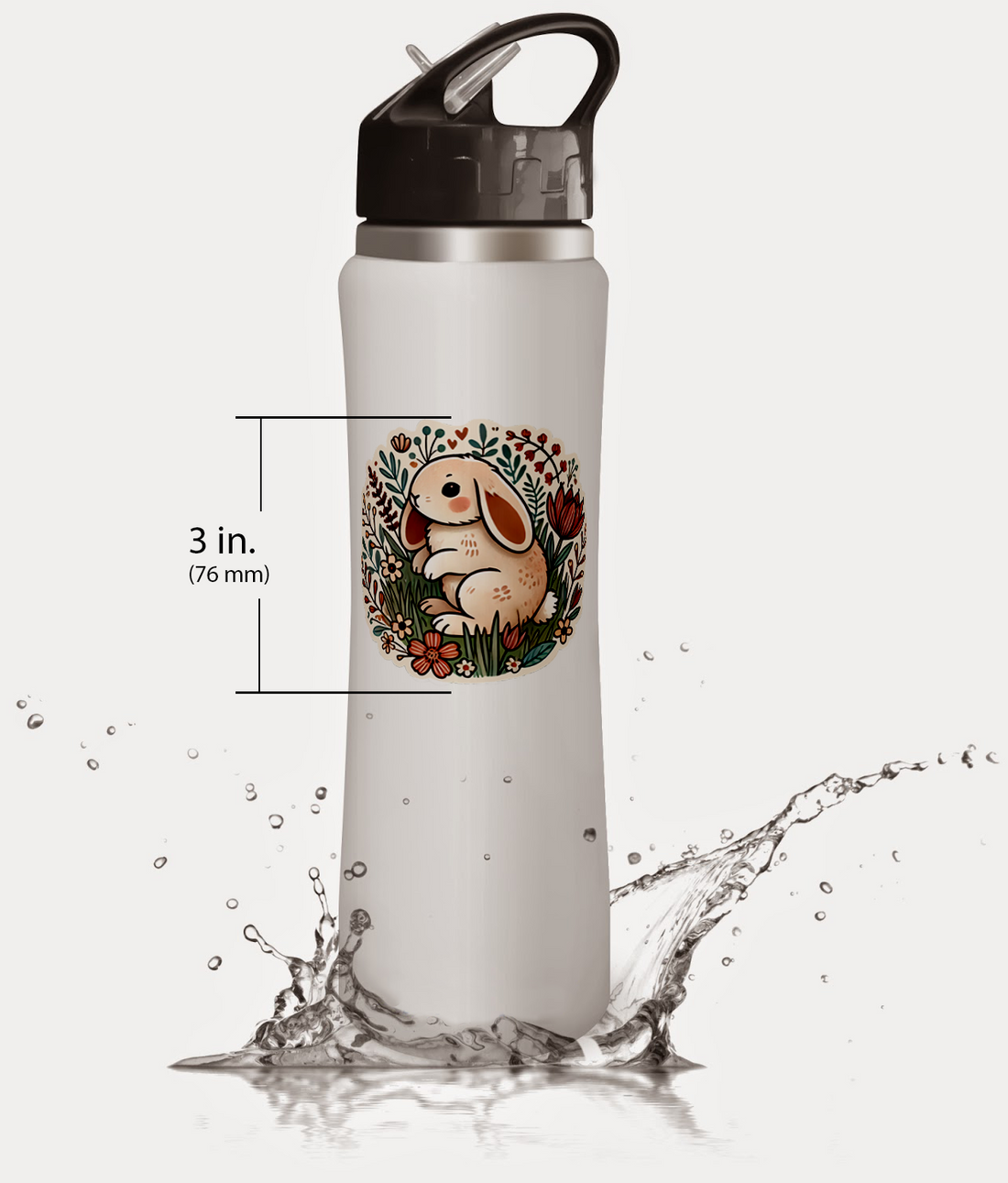






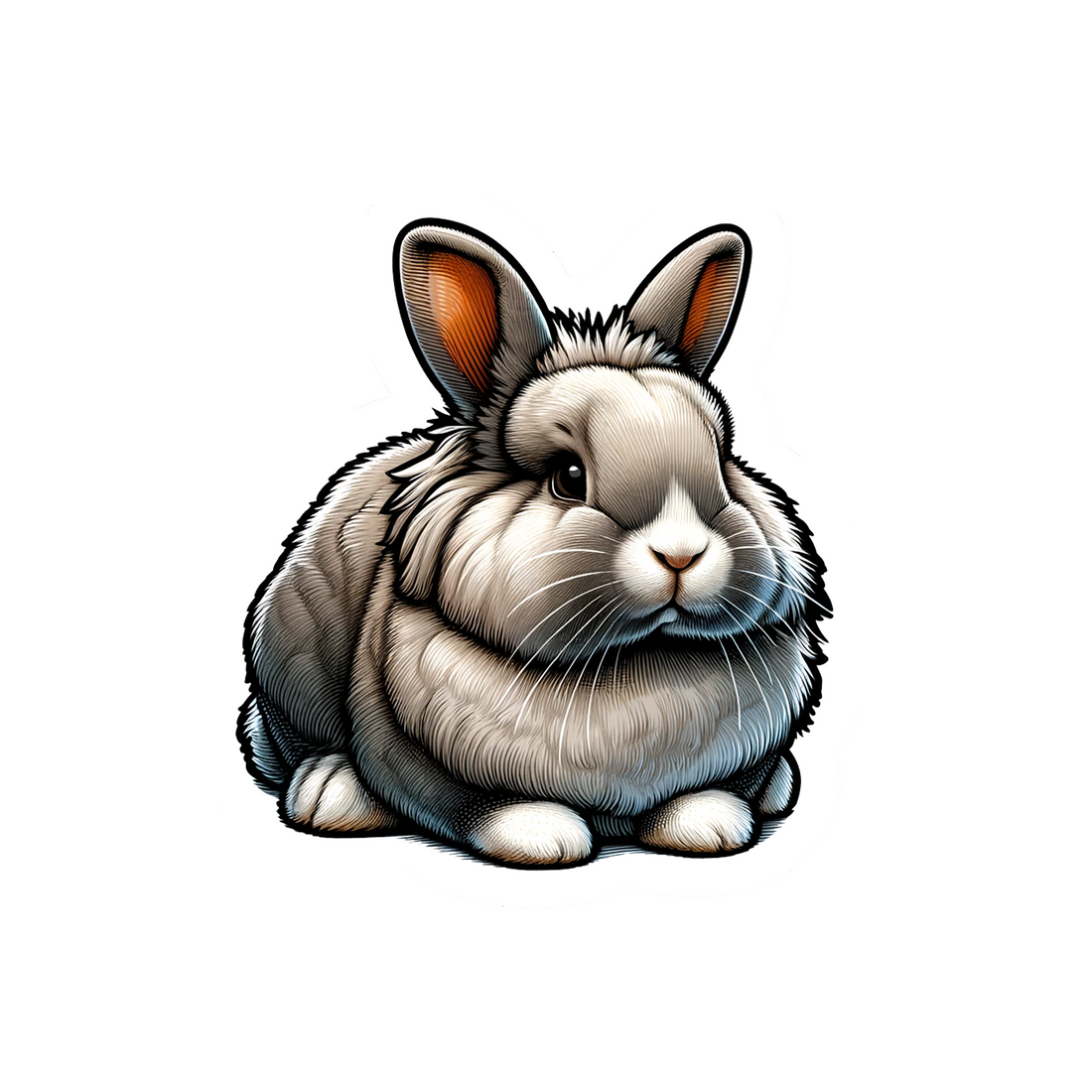
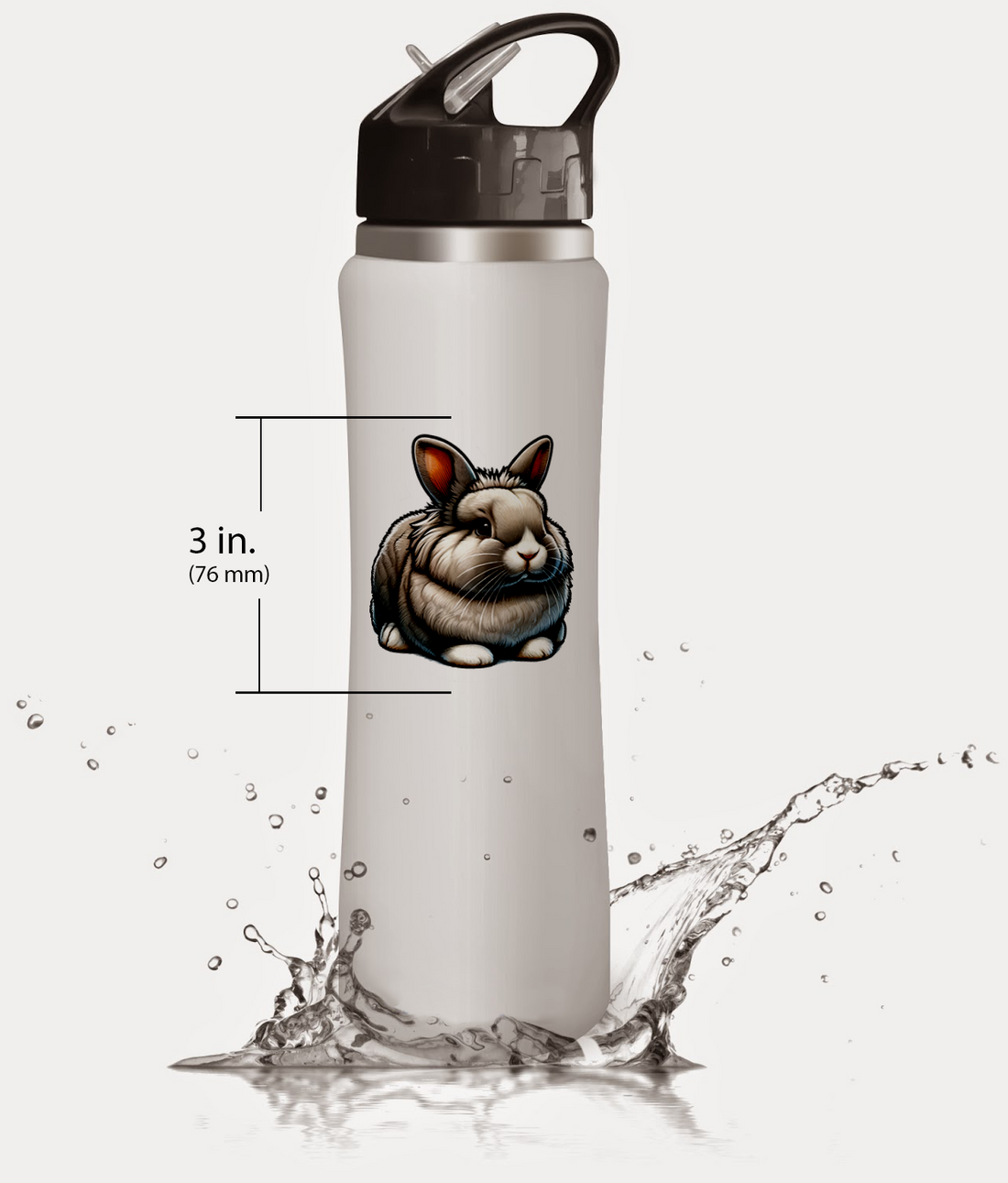

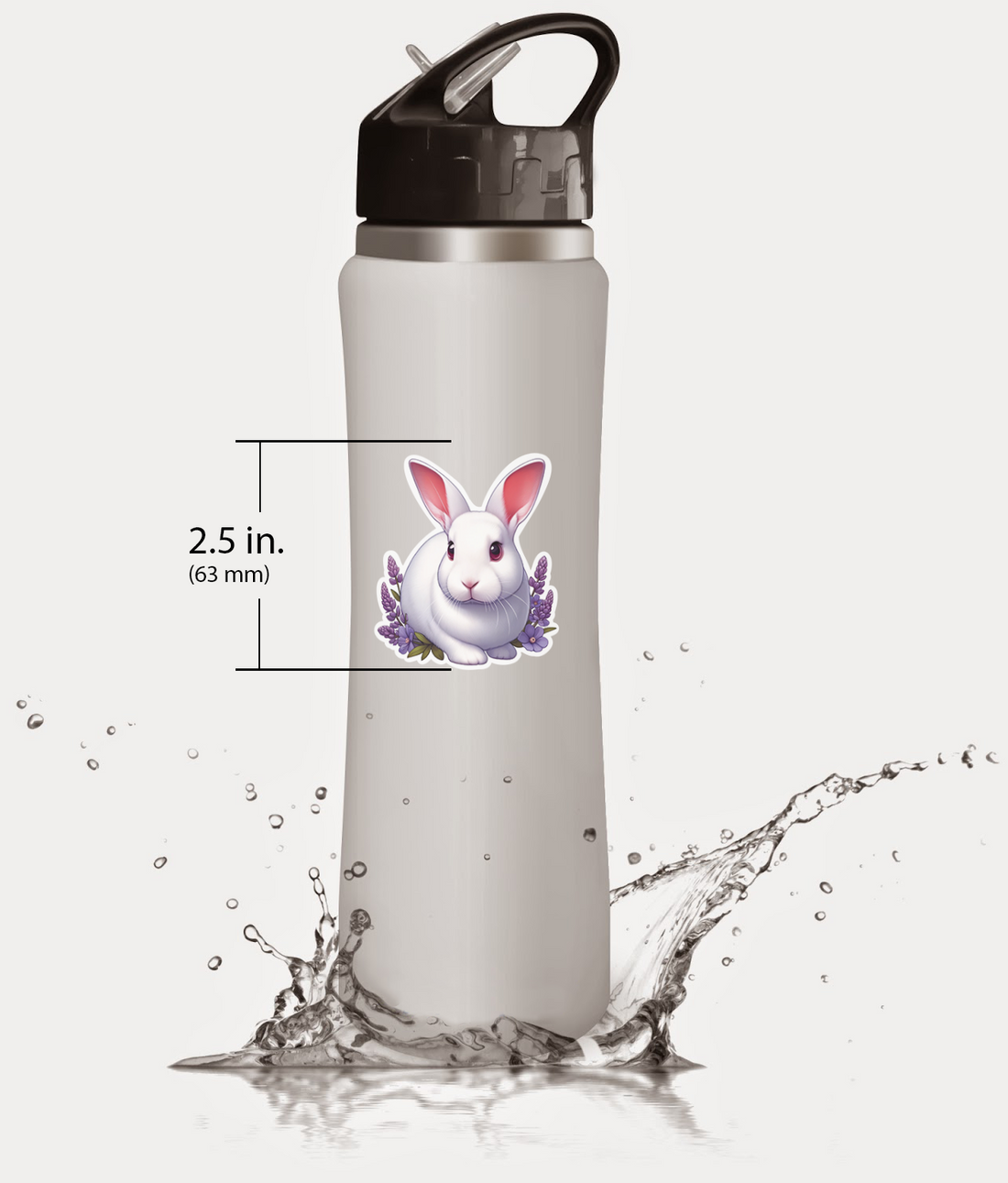
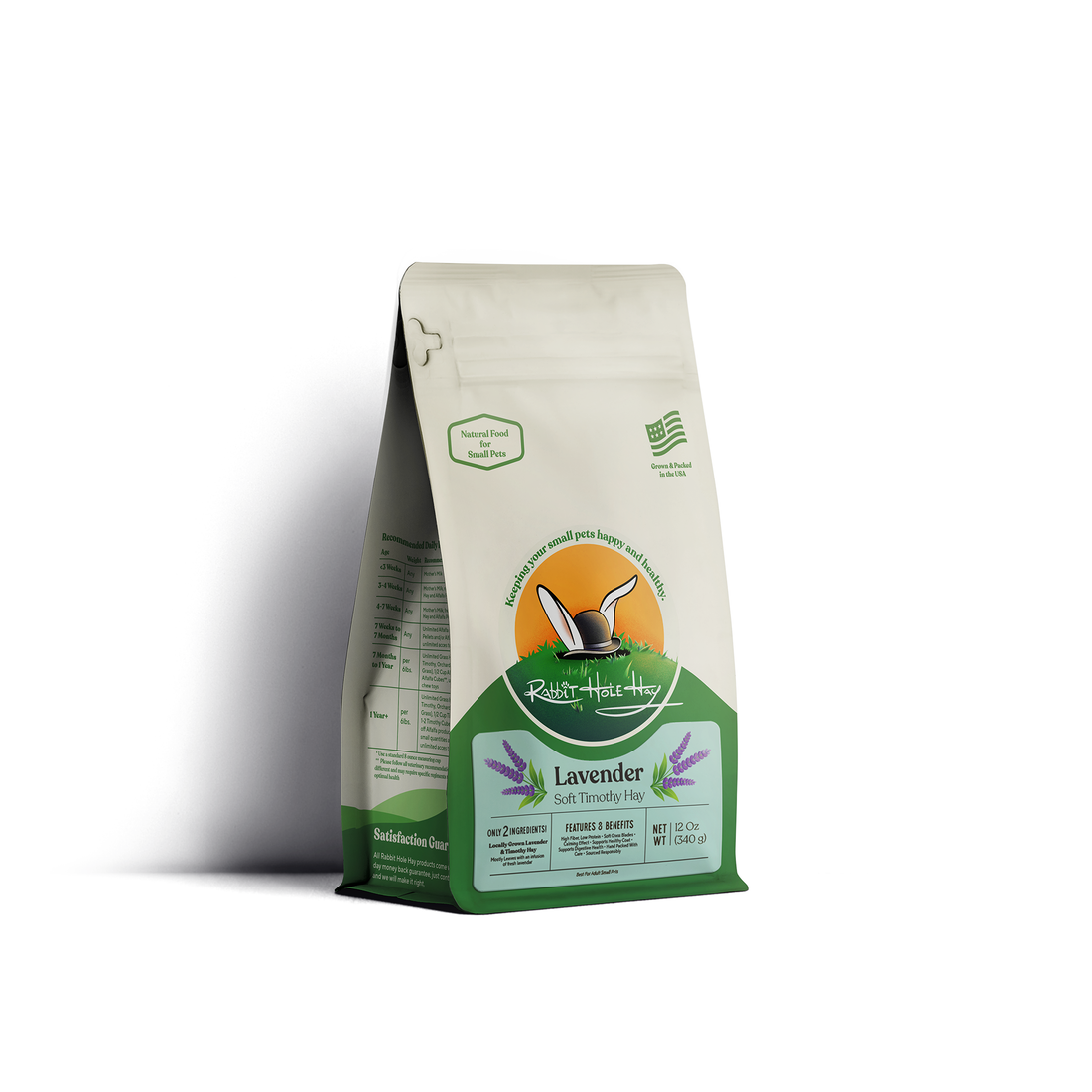




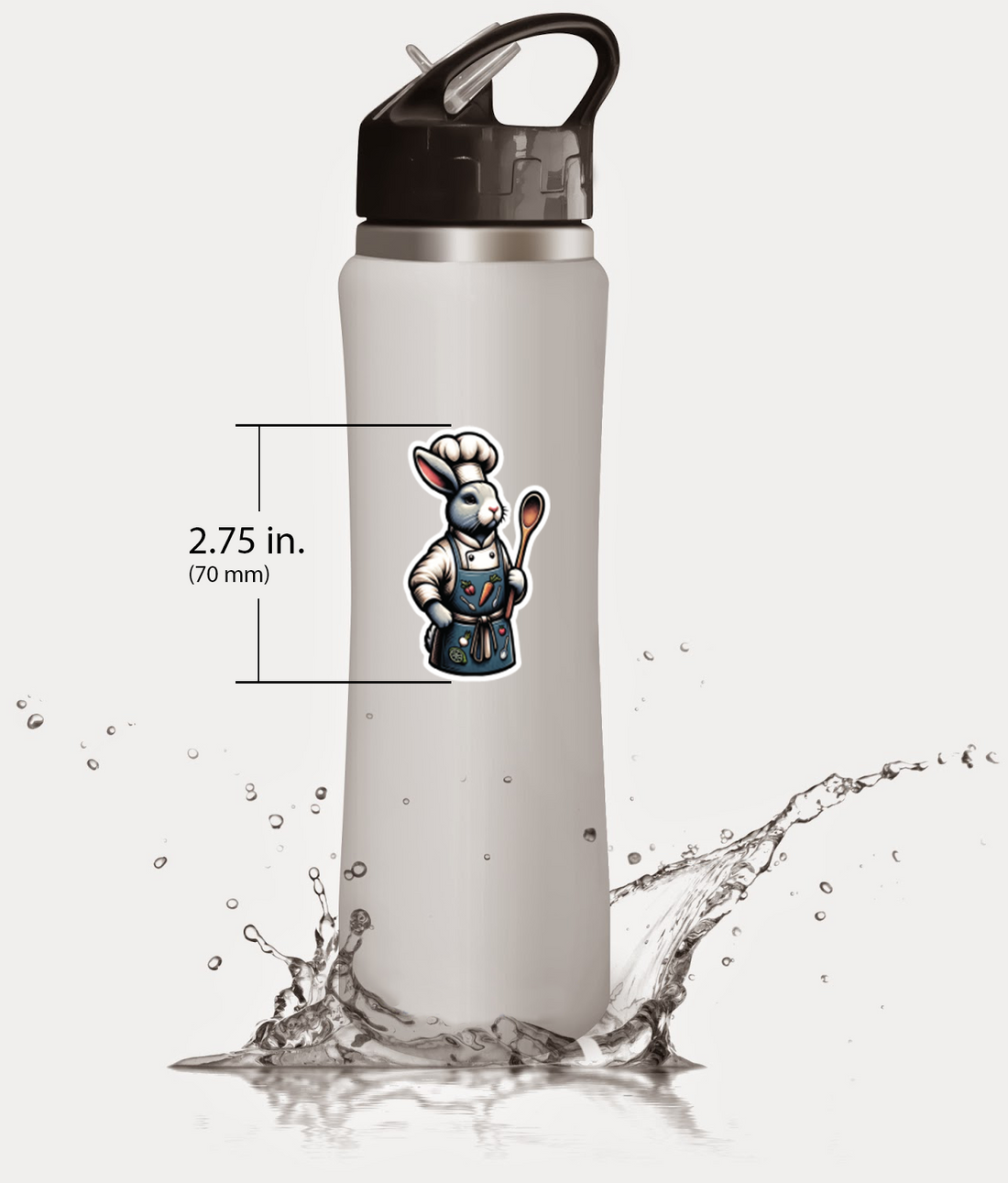






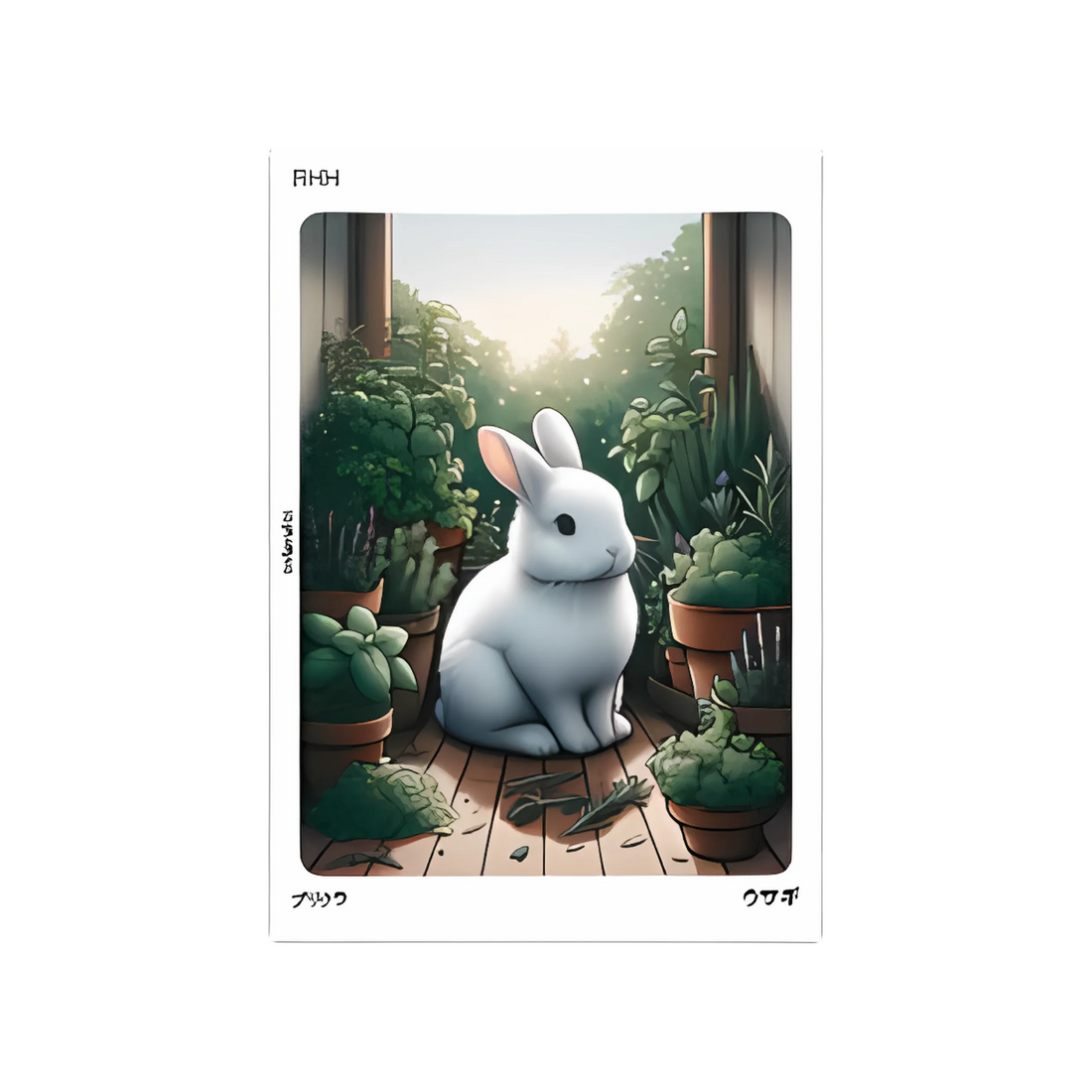

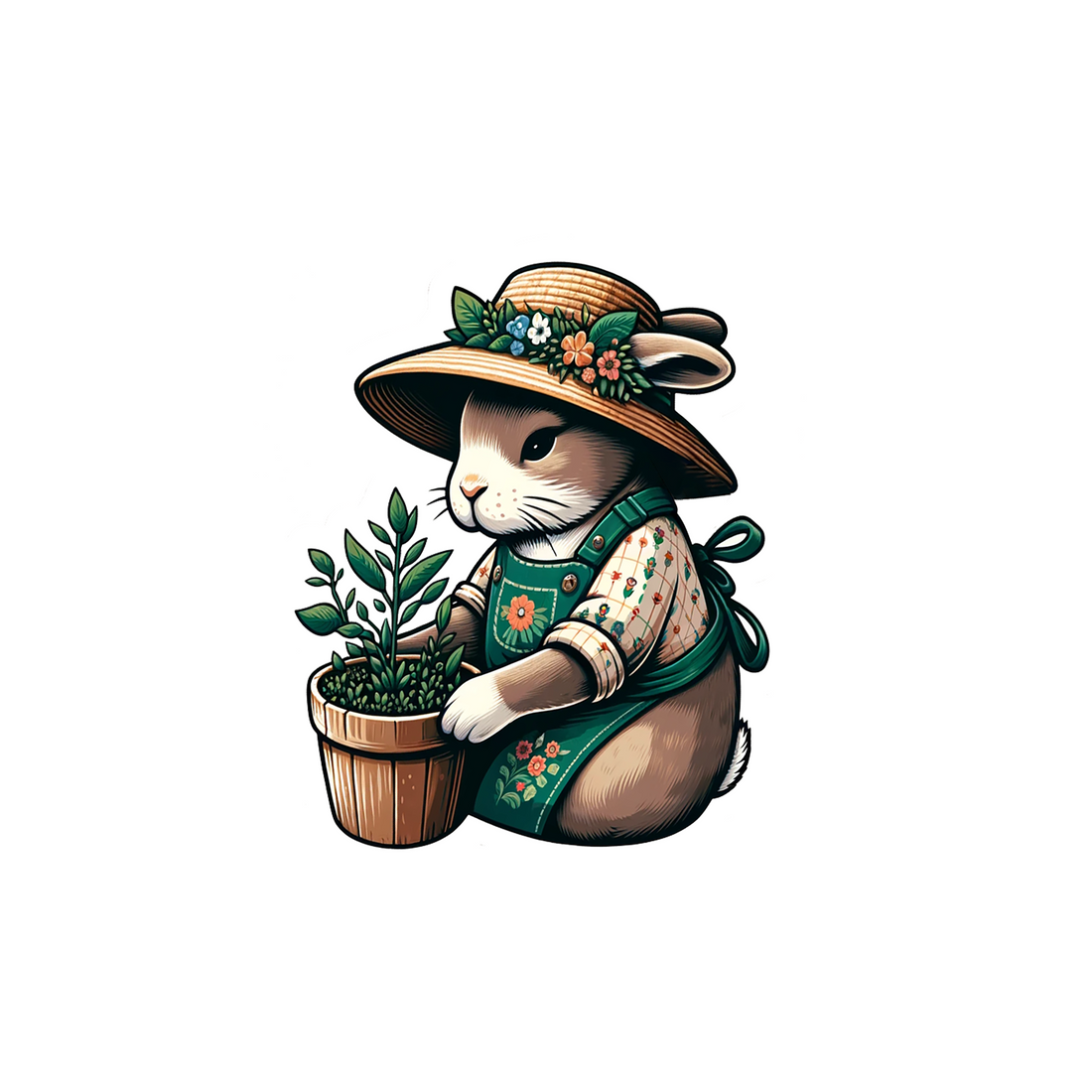
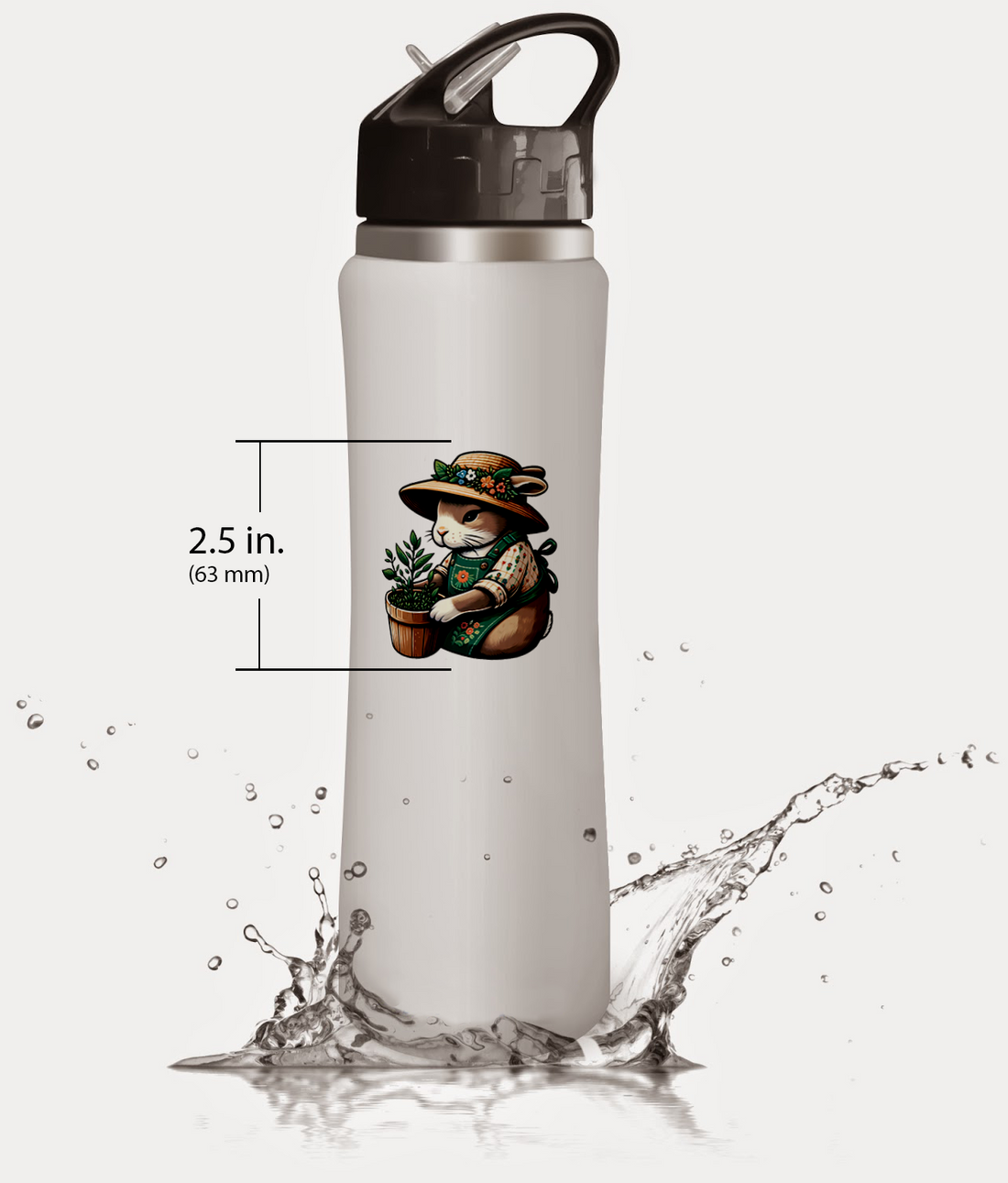

















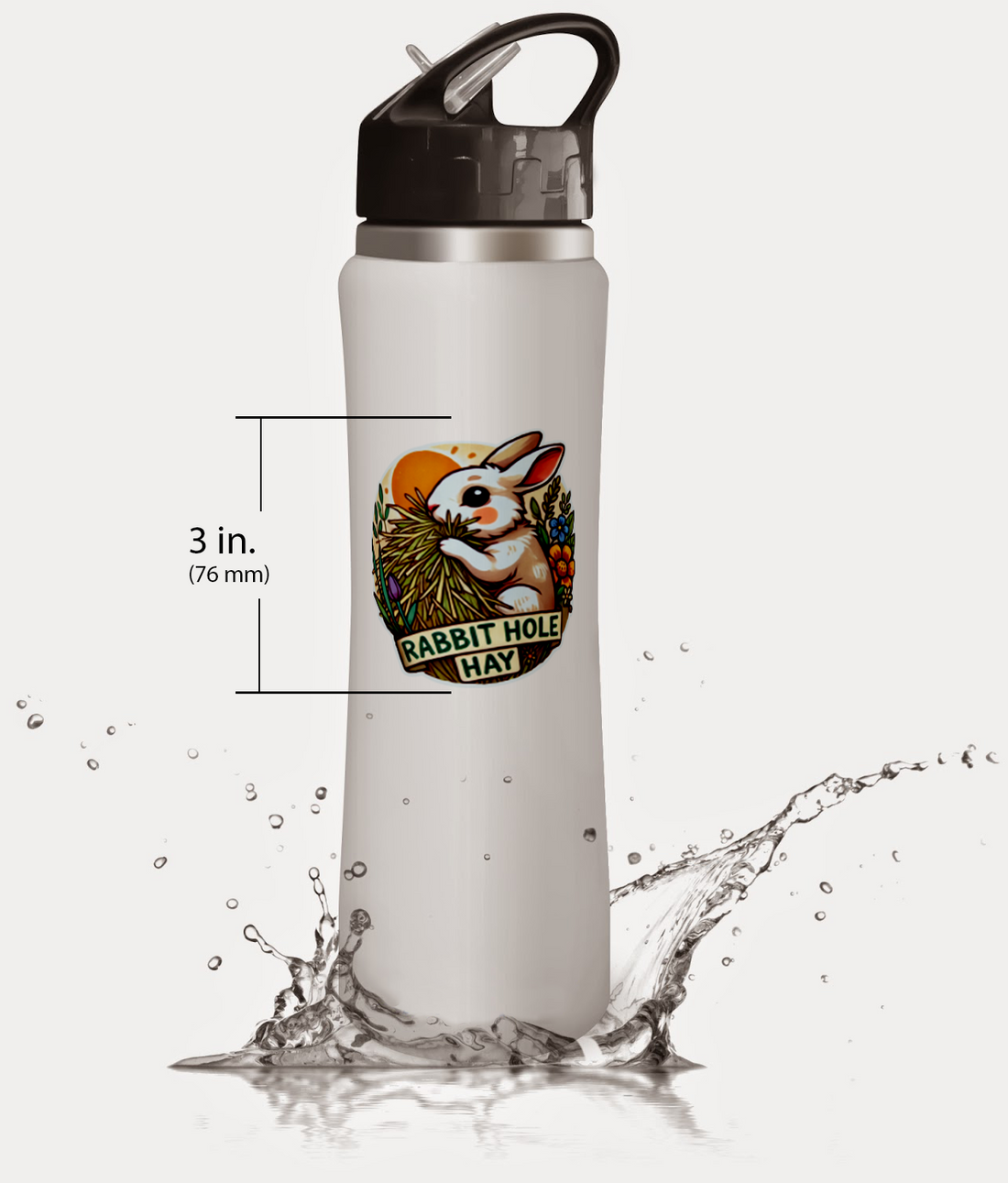

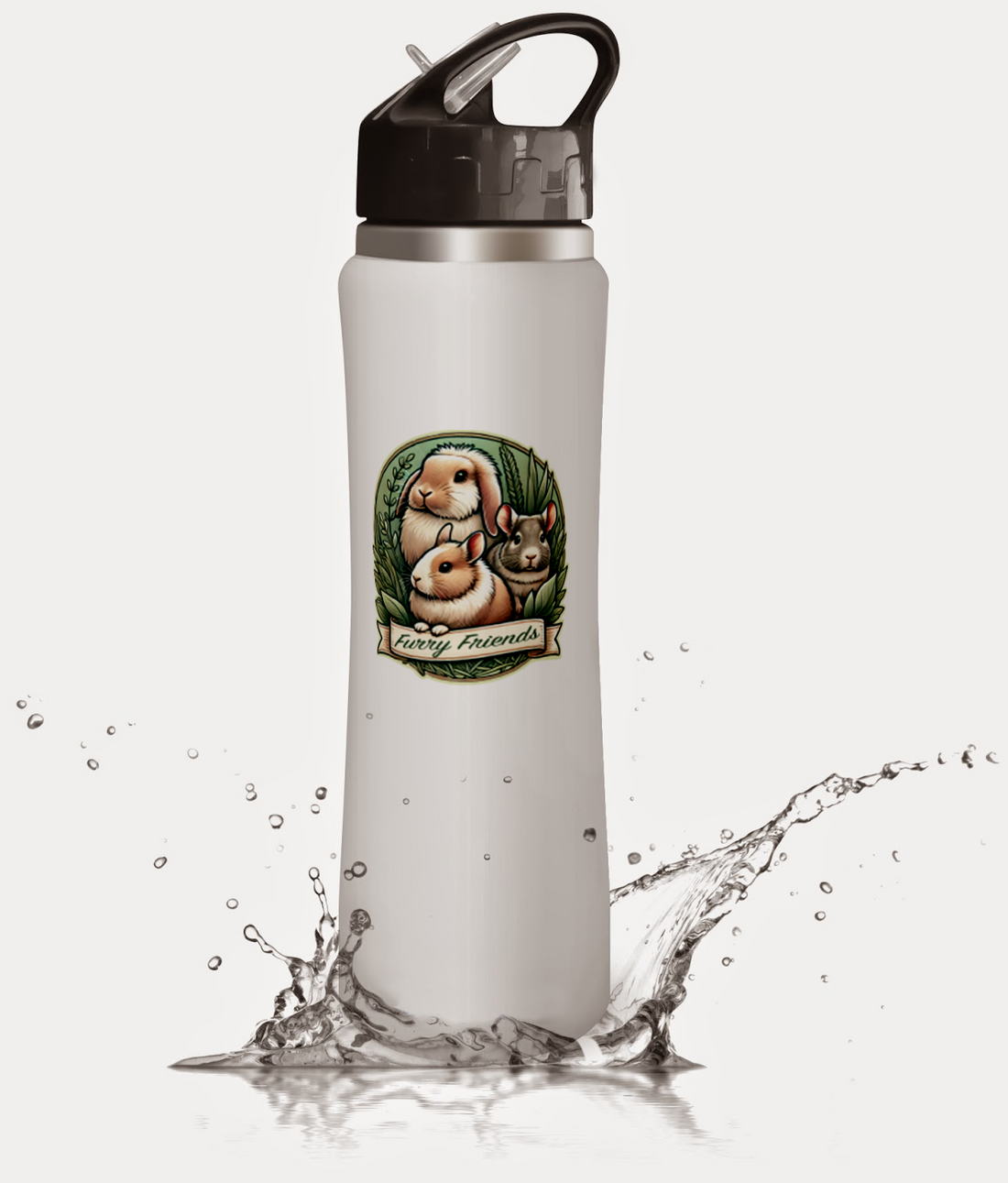





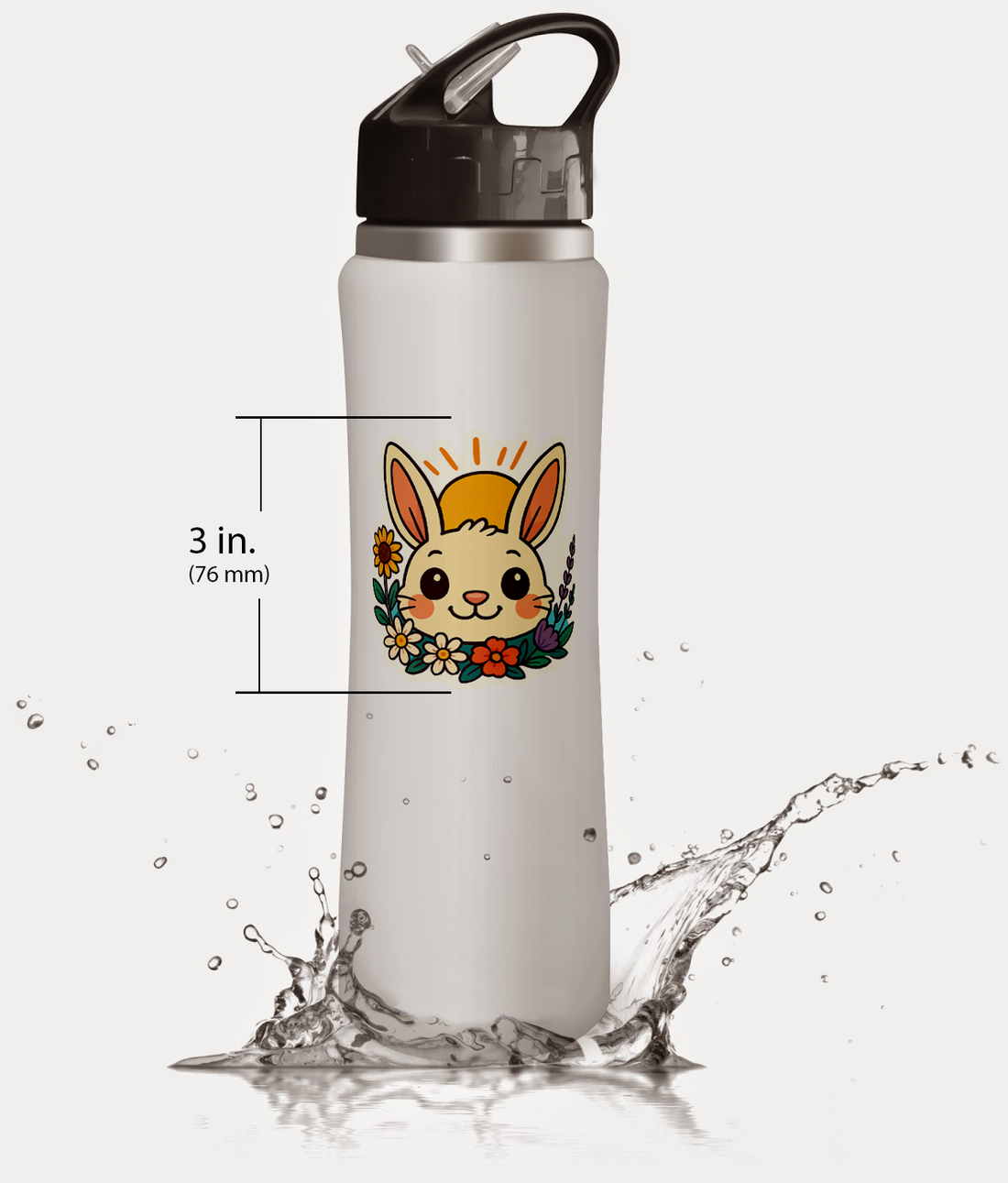






Comments